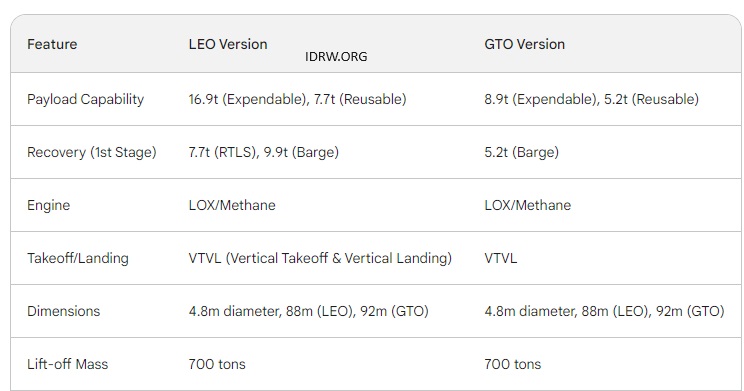SOURCE: IDRW.ORG TEAM.

India’s space ambitions have taken a significant leap forward with the formalization of the New Generation Launch Vehicle (NGLV) project at Sriharikota. Aimed at establishing India’s own space station and lunar exploration missions, the NGLV project represents a bold stride towards self-reliance and innovation in space exploration. Powered by green fuel combinations, boasting higher payload capabilities, and emphasizing reusability, the NGLV promises to revolutionize India’s space program and reduce launch costs significantly.
One of the defining features of the NGLV is its utilization of green fuel combinations such as methane-liquid oxygen or kerosene-liquid oxygen. This environmentally friendly propulsion system not only reduces carbon emissions but also enhances the rocket’s efficiency and performance. With a projected payload capacity of up to 10 tonnes to Geostationary Transfer Orbit (GTO), the NGLV surpasses India’s current heaviest rocket, the LVM-3, by more than double. This enhanced payload capability opens up a myriad of possibilities for launching larger satellites, conducting interplanetary missions, and supporting future space exploration endeavors.
Central to the NGLV project is the emphasis on reusability to drive down launch costs and improve economic viability. By designing recoverable components that can be refurbished and reflown, India aims to achieve a significant reduction in the cost of access to space. In line with this objective, the NGLV is envisioned as a three-stage launch vehicle with reusable elements that minimize the need for manufacturing new components for each launch. According to early projections, Isro aims for the reusable NGLV to achieve a low launch cost of approximately $1,900 per kilogram to Low Earth Orbit (LEO), significantly undercutting the costs associated with traditional expendable configurations.

The development of the NGLV holds immense strategic significance for India’s space program and its broader geopolitical aspirations. By establishing its own space station and embarking on lunar exploration missions, India asserts its prowess as a spacefaring nation and expands its footprint in the global space arena. Additionally, the NGLV project fosters technological innovation, strengthens domestic capabilities in aerospace engineering, and stimulates economic growth through the burgeoning space industry. Furthermore, the emphasis on green propulsion aligns with India’s commitment to sustainable development and environmental stewardship.
NOTE : Article cannot be reproduced without written permission of idrw.org in any form even for YouTube Videos to avoid Copy right strikes. Websites doing illegal reproductions will get DMCA and Legal Notices.